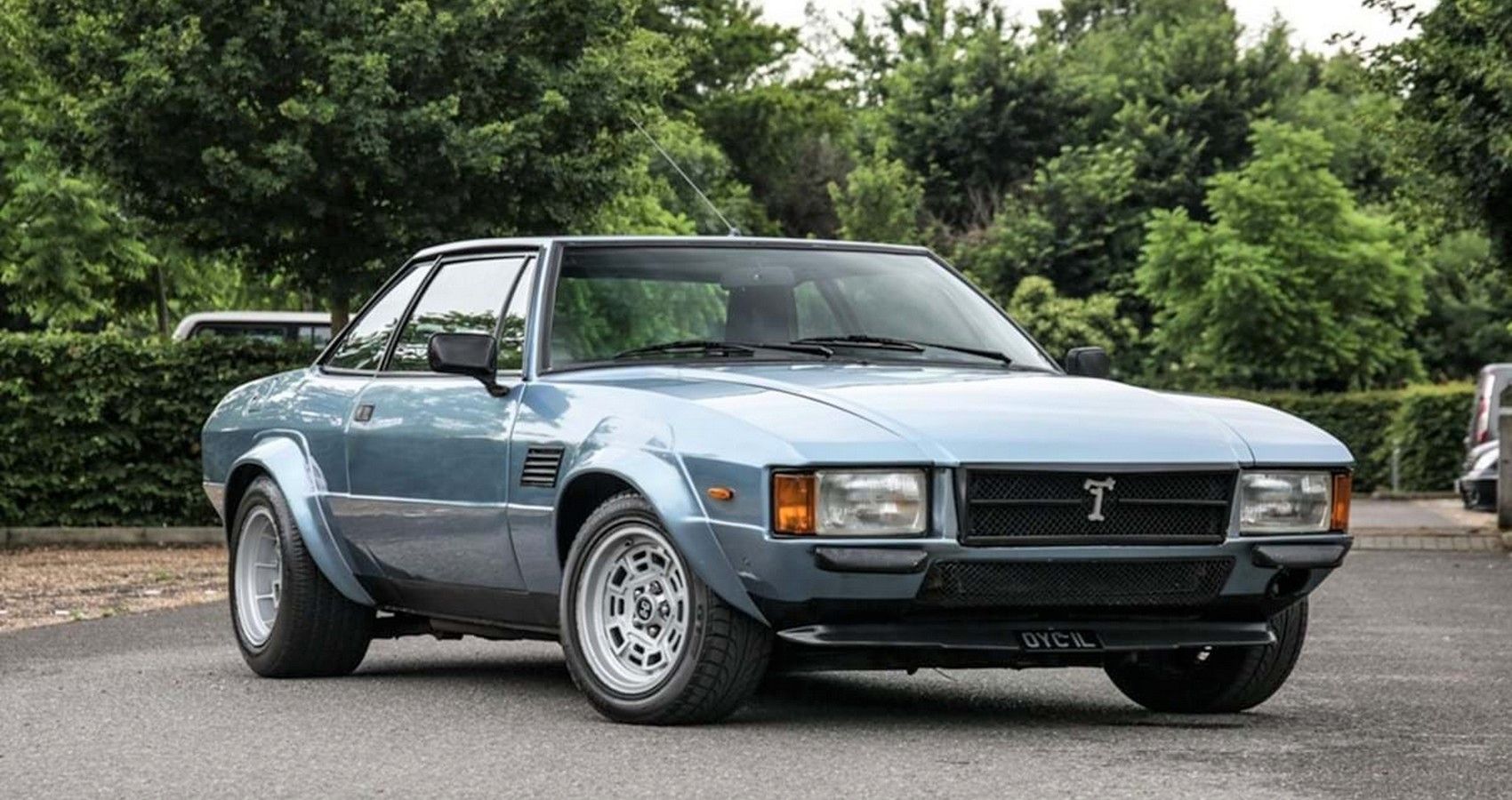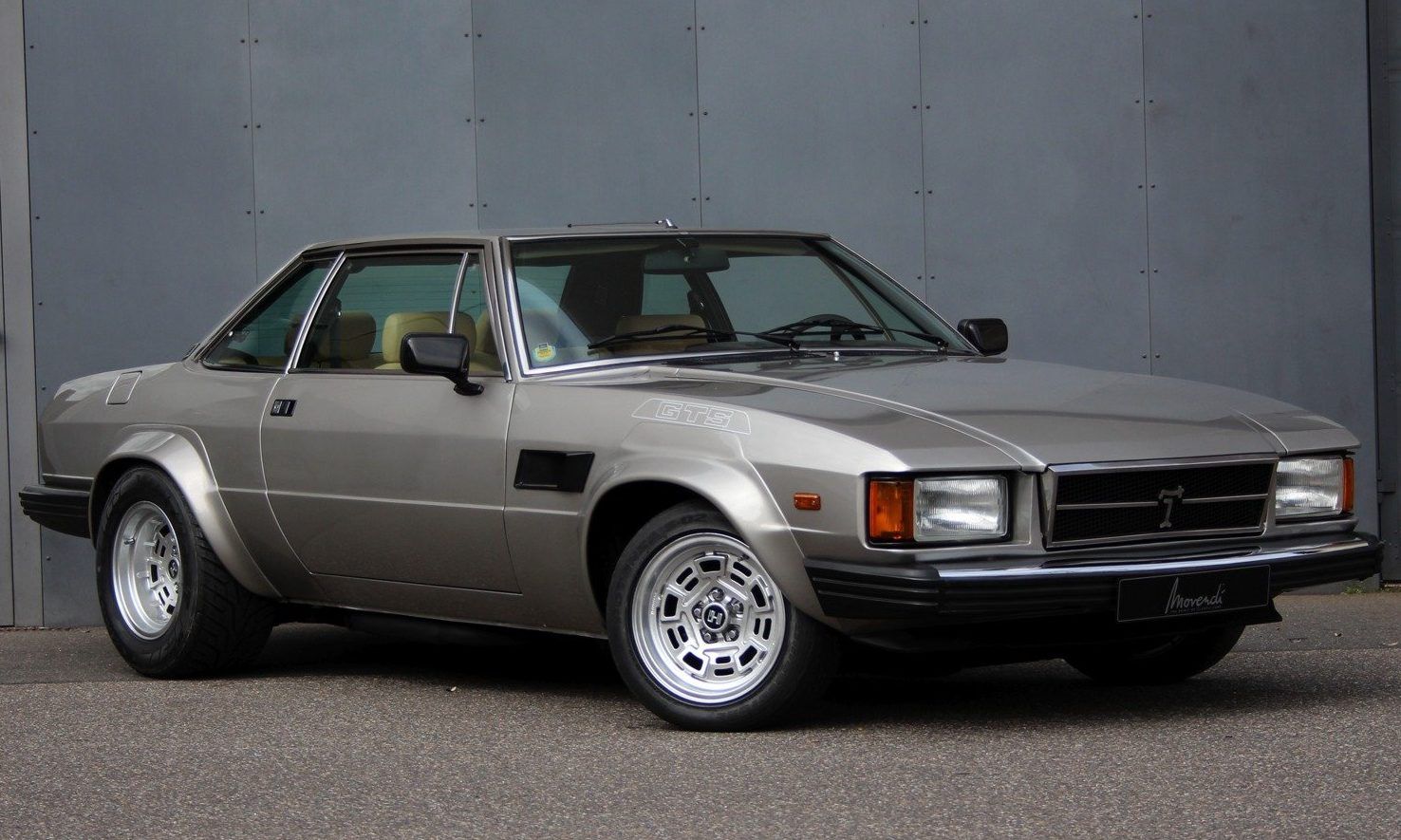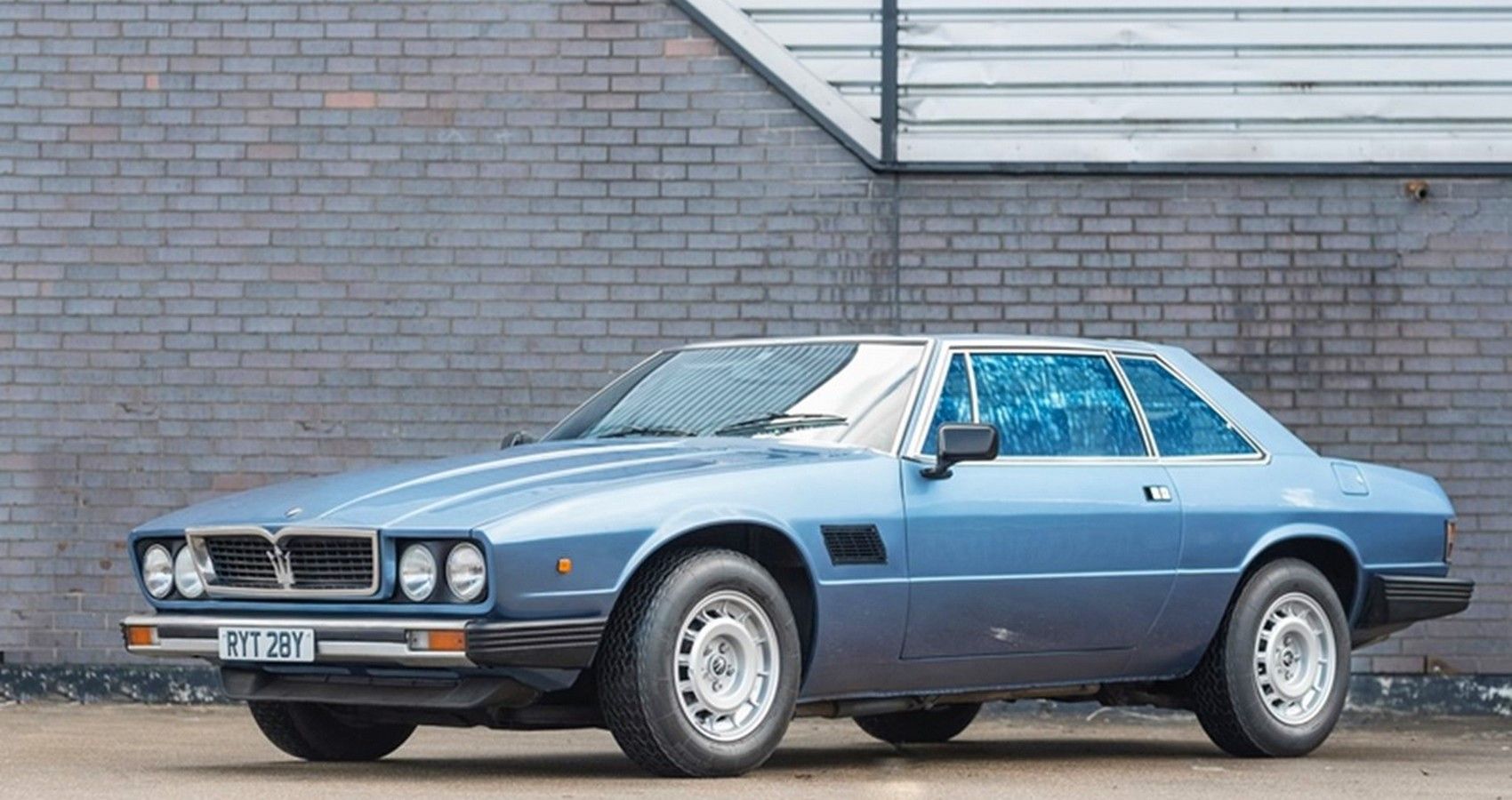The '70s is probably the last decade before everything went south in the automotive industry. It was something of a goodbye to muscle cars, and beautiful European grand tourers before the 1973 OPEC oil embargo boosted prices for oil and gasoline, and safety regulations. The newly created EPA and competition from Asian automakers killed many car manufacturers. To be fair, the Malaise era was disastrous for American muscle cars, but European brands were also fighting their battles at home. The 1970 Plymouth Road Runner Superbird, 1973 AMC Javelin, Ferrari 308 GTS, and 1972 Mercedes-Benz 450SL are just a few of the stunning vehicles that automakers produced in the '70s before everything went downhill. And the De Tomaso Longchamp was yet another stunning automobile to enter the market in 1972.
In Europe, the Italian car manufacturer, De Tomaso, was famous for building incredible racing automobiles, prototypes, and sports cars, like the De Tomaso Mangusta and the De Tomaso Pantera. The latter ended up in the United States, thanks to Ford. So, when De Tomaso exhibited the Longchamp at the 1972 Turin Motor Show, fans had huge expectations for the car. This was especially true because De Tomaso was not only famous for producing fast cars, but also luxurious ones.
Considering that the Italian automaker built only 410 units from Longchamp between 1972 and 1989, this car is rare. This is especially true for spyders, since De Tomaso built only 16 units. Currently, it’s hard to find a Longchamp in pristine condition and the 1981 to 1984 models can reach higher prices, according to Cars Guide. For example, Classic Driver has listed a 1984 De Tomaso Longchamp GTS Spyder for $195,959 and a 1983 De Tomaso Longchamp GTS for $86,380. For all those who love classic cars, here’s what only gearheads know about the De Tomaso Longchamp.
This Car Was The Final Product Of The De Tomaso-Ford-Ghia partnership
In 1963, Alejandro de Tomaso built the mid-engined grand touring Vallelunga that came with a four-cylinder Ford Cortina engine. Thereafter, the former F1 pilot from Argentina collaborated with Carroll Shelby and Ford to create a new chassis for the King Cobra. Naturally, these projects brought De Tomaso to the attention of Lee Iacocca, who wanted to partner with the Italian-Argentine business mogul.
In 1971, Ford purchased a controlling 84 percent stake in De Tomaso; nevertheless, the American juggernaut went on to relinquish its part in the company in 1974. During the Ford years, De Tomaso built the Pantera, which was originally equipped with a 351 Cleveland Ford V8 engine. Additionally, the Ghia team designed it. Before everything turned sour, Ford, Ghia and De Tomaso also contributed to the Longchamp. In fact, this is the last car that came out of the De Tomaso-Ghia-Ford partnership.
The V8 Engine Sourced From American And Later From Australia
Under the hood, the De Tomaso Longchamp had a 5.8-liter Ford Cleveland V8 engine. It’s worth noting that De Tomaso also used the same 351 cubic inch engine for the Pantera. According to the De Tomaso Automobili webpage, this engine could generate 300 hp at 6,000 rpm in the Longchamp and push the car to the top speed of 149 miles per hour. After Ford discontinued the production of the 351 Cleveland V8 in the US, De Tomaso had to buy it from Ford Australia.
This Is The Connection With The Maserati Kyalami
In 1968, Citroën purchased a stake in Maserati, but the joint venture never produced the expected results. Furthermore, the partnership was further damaged by the 1973 oil crisis, and Citroën, which was also having financial difficulties, could not fund Maserati’s expansion plans. Unfortunately, the situation only got worse over the following years, and Citroën declared in 1975 that they had put the Italian automaker in liquidation. Luckily, salvation came from another automaker and its illustrious owner, Alejandro de Tomaso, who agreed to buy the company in partnership with Italian state-owned holding company GEPI. Under the new leadership, Maserati introduced the Kyalami in 1976, which derived from the De Tomaso Longchamp. Basically, the Longchamp and the Kyalami are twin souls.
When comparing the Kyalami to the Longchamp, Sport Car Digest said, “Driving the cars might be likened to dating twin sisters: they look pretty much the same. While some personality characteristics are similar, there are enough significant differences to tell them apart and keep things interesting. In both cars, the ride imparts a solid, well-controlled feel. Steering feedback is good, though perhaps a bit light on center.”
Sport Car Digest also points out minor distinctions between the profile of the Maserati, which is “more polished: smoother, quieter at lower RPMs, and a much more willing revver,” and Longchamp's Ford V8, which offers “hassle-free power and good low-end torque.”




